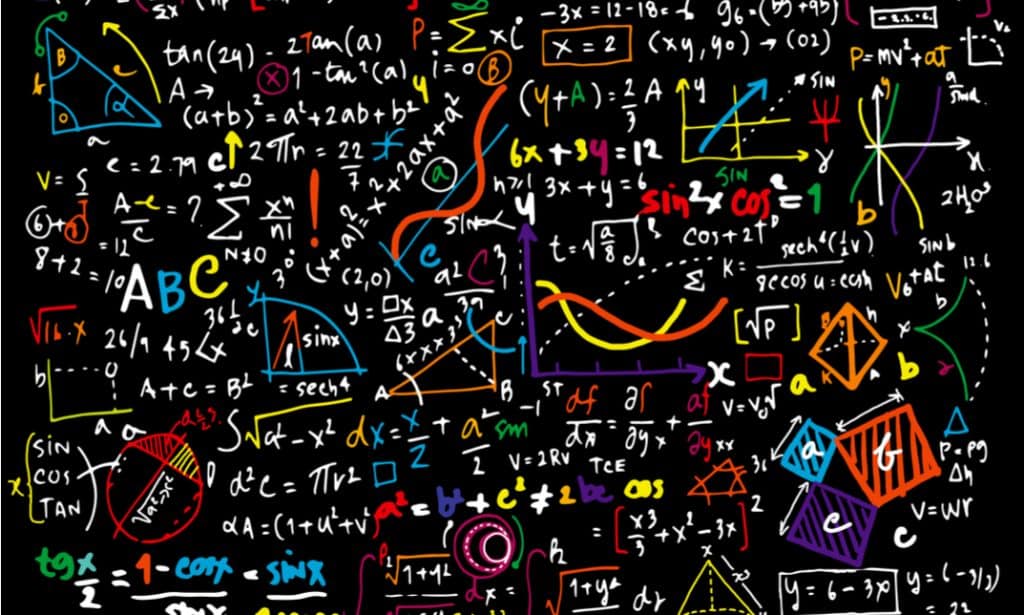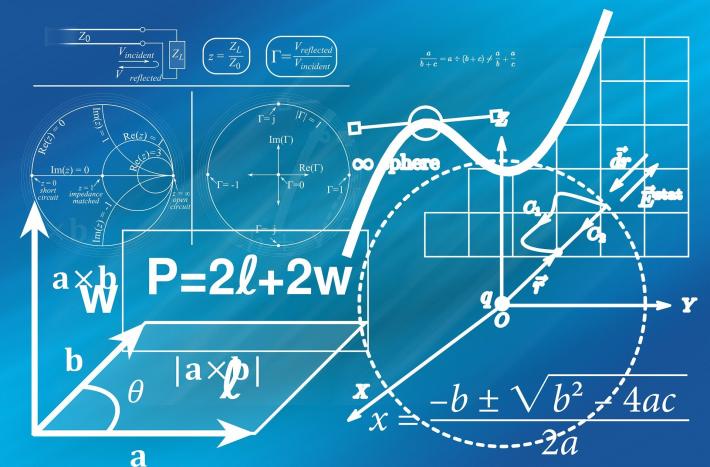
Suppose that $L: K$ is normal. To prove that $\operatorname{Gal}(M: L)$ is a normal subgroup of $\operatorname{Gal}(M: K)$, let $\varphi \in \operatorname{Gal}(M: K)$ and $\theta \in \operatorname{Gal}(M: L)$. We show that $\varphi^{-1} \theta \varphi \in \operatorname{Gal}(M: L)$, or equivalently,
$$
\varphi^{-1} \theta \varphi(\alpha)=\alpha \text { for all } \alpha \in L
$$
or equivalently, $\theta \varphi(\alpha)=\varphi(\alpha)$ for all $\alpha \in L$.
$\varphi(\alpha) \in L$ for all $\alpha \in L$, so $\theta(\varphi(\alpha))=\varphi(\alpha)$ since $\theta \in \operatorname{Gal}(M: L)$. This completes the proof that $\operatorname{Gal}(M: L) \leqslant \operatorname{Gal}(M: K)$.
Finally, we prove the statement on quotients (still supposing that $L: K$ is a normal extension). Every automorphism $\varphi$ of $M$ over $K$ satisfies $\varphi L=L$, and therefore restricts to an automorphism $\hat{\varphi}$ of $L$. The function
$$
\begin{array}{rlc}
v: \quad \operatorname{Gal}(M: K) & \rightarrow & \operatorname{Gal}(L: K) \
\varphi & \mapsto & \hat{\varphi}
\end{array}
$$
is a group homomorphism, since it preserves composition. Its kernel is $\operatorname{Gal}(M$ : $L)$, by definition. If we can prove that $v$ is surjective then the last part of the theorem will follow from the first isomorphism theorem.

MATH4062 COURSE NOTES :
Then $W$ is defined by $n$ homogeneous linear equations in $n+1$ variables, so it is a nontrivial $M$-linear subspace of $M^{n+1}$.
Claim: let $\left(x_{0}, \ldots, x_{n}\right) \in W$ and $\varphi \in H$. Then $\left(\varphi\left(x_{0}\right), \ldots, \varphi\left(x_{n}\right)\right) \in W$.
Proof: For all $\theta \in H$, we have
$$
x_{0}\left(\varphi^{-1} \circ \theta\right)\left(\alpha_{0}\right)+\cdots+x_{n}\left(\varphi^{-1} \circ \theta\right)\left(\alpha_{n}\right)=0
$$
since $\varphi^{-1} \circ \theta \in H$. Applying $\varphi$ to both sides gives that for all $\theta \in H$,
$$
\varphi\left(x_{0}\right) \theta\left(\alpha_{0}\right)+\cdots+\varphi\left(x_{n}\right) \theta\left(\alpha_{n}\right)=0,
$$
proving the claim.








